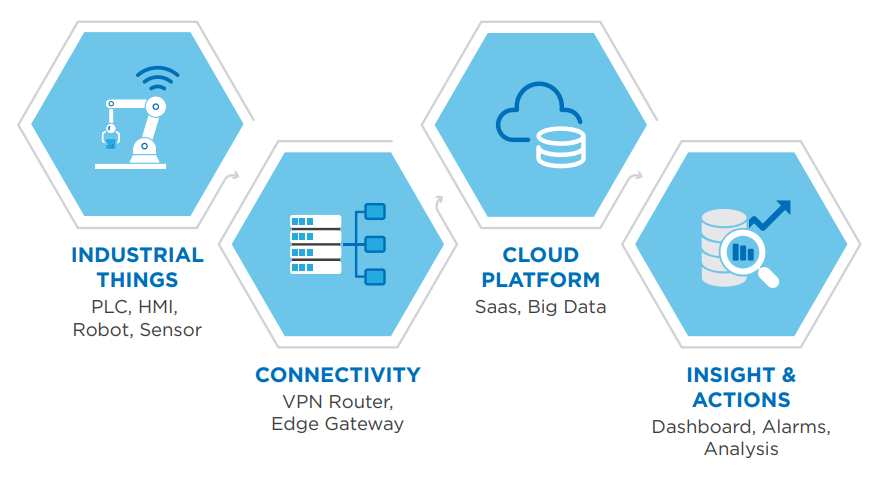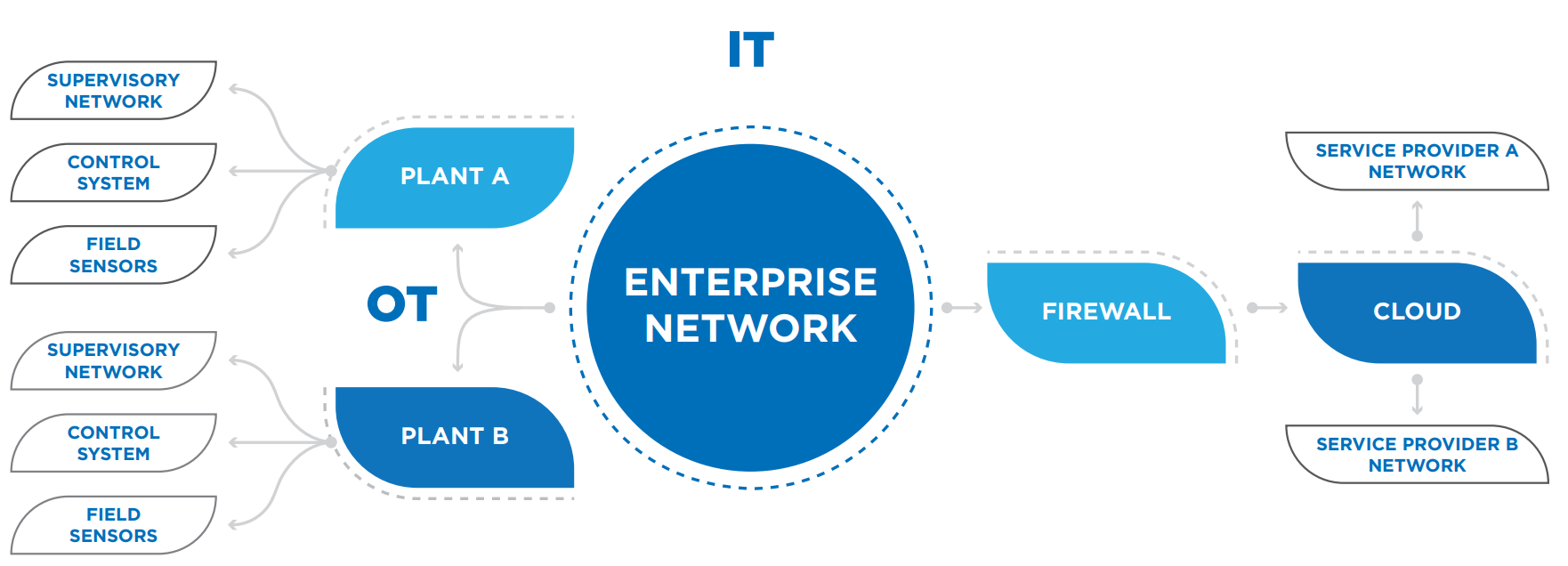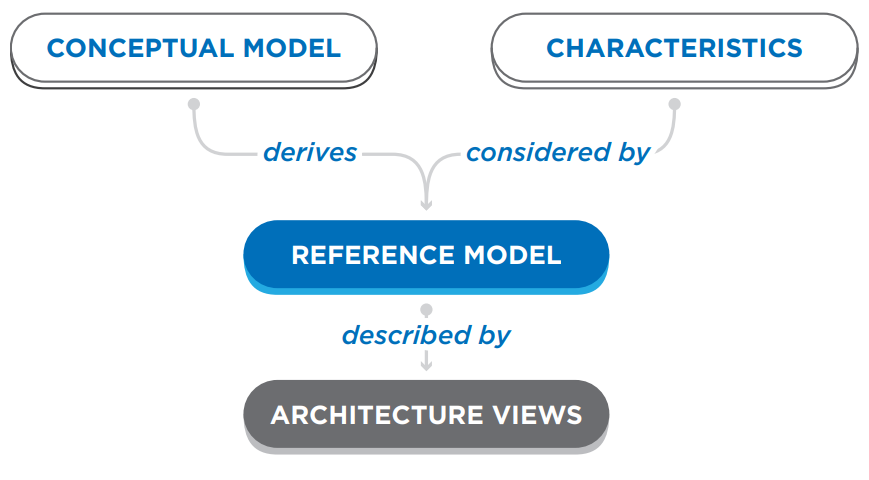
Information technology (IT) has changed the way organizations function, with large numbers of smart gadgets continuously connected to the internet. These gadgets constitute what is known as the Internet of Things (IoT), and when extended to manufacturing and production, this is known as Industrial Internet of Things, or IIoT. The things in the IIoT are intelligent machines that share data using advanced communication technologies for more reliable, efficient and safe operation of plants. Most of the devices are connected to the network to allow continuous monitoring and control. IIoT has the potential to unleash benefits by providing information that can be used for increasing plant availability, resulting in operating the plant near the threshold design parameters and minimizing downtime. While technology is no longer a constraint, the means of implementing it for use in the industry can be challenging.
The IIoT is a trending topic in the process and automation industry. This technology has the potential to help the industry tap into capacity and capabilities that exist in plants but historically have gone unutilized. This paper focuses on the fundamentals, implementation and challenges of IIoT. IIoT usually refers to interconnected sensors, instruments and other devices in an industrial setting. This connectivity enables remote access and monitoring, and it facilitates data acquisition, collection, exchange and analysis from different sources. This has enormous potential for improving productivity and efficiency. IIoT solutions are characterized by their low cost and fast implementation.
For example, a supplier needs to publish new functionalities on the human-machine interface (HMI) for a client. However, when a machine is delivered and the client uses it for daily operations, it might require extra functionality to simplify the job further. An expansion of the control panel with a new function, such as an on/off switch or a percentage counter for the pump, can easily be fixed by the programmer. But the HMI software needs to be updated and tested to launch this new functionality. HMI software updates can easily be applied remotely via secure network access. Using a virtual network connection (VNC), HMI functionality in the IIoT platform or on a mobile device can be viewed and tested.
IIoT can also be useful in predicting maintenance and analyzing which part will need to be replaced. Sometimes it is easy to predict when a machine requires maintenance, for example, when the degradation rate for a machine is identified based on production hours or runtime. In these scenarios, it makes sense to implement predictive maintenance by using the variables (counters) of the programmable logic controller (PLC) software and logging this data to the cloud. Vendors can access the data, analyze the machine behavior and alert the client. Clients can also visualize the machine’s performance on the dashboard and get an email reminder when maintenance is due.
On-site machine maintenance visits are more effective when the technician is aware of the faults before reaching the site. The right spare parts can be identified in advance by analyzing potential problems using remote access and the online diagnostics tool of the device’s web server.




